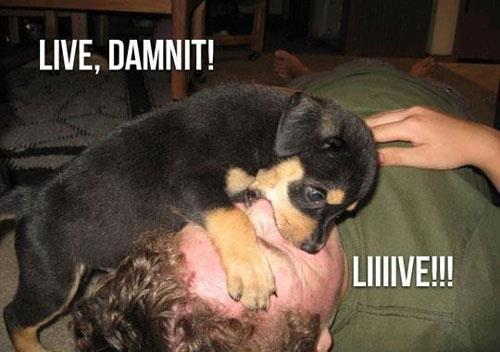On a sunny weekend in May, Victorians enjoyed a slight but immensely gratifying return of civil liberties. The state heaved a sigh of relief as we gripped to our newfound freedoms and embraced what we thought was to become a recovery stage of the crisis.
Now, less than two months later, Victoria will be returning to a stage three lockdown for six weeks. The familiar anxieties experienced at the start of the year will be returning. Many were expecting to return to work at this point, even perhaps to normality.
For businesses, communication has never felt more essential.
Listen up to get it right
Good communicators listen. Effective communication requires a keen ear to the ground, monitoring the climate to ensure that you speak in a manner that is timely, realistic, relevant, and tonally appropriate. Failing this, risks damaging employee and consumer confidence.
Listening means taking a breath and considering how your team is feeling, recognising that the circumstances may be putting a strain on their mental health.
Caring behind a screen
Research by Edelman suggests 71% of people will lose their trust forever in businesses that put profit ahead of people at this time. John Mackey, Whole Foods CEO, understands this, he once said: “We must bring love out of the corporate closet.” It’s a call to kindness and empathy that holds particular relevance in today’s climate.
Yet COVID-19 poses a unique challenge. Workplaces must adapt to ensure employees can still retain some semblance of social connection.
Virtual pub quizzes, conference call coffee breaks and group online exercise sessions can all be factored into weekly routines.
Resilience coach, Angela Armstrong emphasises the importance of making a space for people to be open when they are struggling. To quickly determine who in your team needs to be prioritised in terms of their wellbeing, a text based one word check in via WhatsApp allows managers to ask “how are you feeling” each morning and receive a quick update.
Pick the right tone
Clear is kind. In uncertain times, honesty is key. So, communicate often with openness. Show how you are coping instead of waving it away. Move through fear rather than denying it.
While tough times sometimes call for decisive, authoritative leaders, a good leader should be able to judge the tone most suited to a given situation. If mental health concerns are apparent, softer approaches to communication are necessary.
Care for yourself
The role of a leader brings added pressures. Looking after others starts with looking after yourself. Mental health campaigner Rob Stephenson insists that: “role modelling healthy behaviours, having a positive outlook, and sharing how you are feeling can all help. Business leaders must be open to being vulnerable.”
If you’re confused about how you should be communicating during this time, follow our suggested communication principles:
- Be the solution – speak to people’s needs and solve their problems.
- Be generous – don’t focus on profits
- Be contactable – make sure your channels indicate you are always ready to assist
- Be concise – People have been bombarded with information; communications should be restricted to no more than 3 key points, which are highlighted somewhere is short, sharp sentences
- Be uplifting – avoid negativity and be light-hearted or inspiring rather than humorous
- Be multi-channel – with people working from home, you must not neglect any channel
- Be aligned to experts – promote credible voices and sources of information

How to save a dog’s life
Last weekend, what began as a fairy tale scene, quickly descended into nightmare territory, before something miraculous happened.
It was reported on by the ABC, and although I tried to offer an eye witness report, this was not included in the article. I guess the journalist doesn’t speak dog.
But I digress…I’m at the beach, jumping, sniffing and barking away, when I’m joined by another dog. I sniff him out. He’s a two-year-old bitzer named Jack. White, scruffy and keen to play.
So, I pull out my usual moves. Paws forward and head down, then I jump to the side, give him a soft nibble and then leap again. We continue playing in this manner, enjoying our off-leash freedom.
When suddenly, young Jack doesn’t look so good. Wobbly and disorientated, he collapses and lies flat.
I’m in shock, feeling helpless, I lie down, covering my head in my paws.
Then, a fellow dog walker came to the rescue! Leaping forth, he takes a position next to Jack, puts his hands around Jack’s muzzle and starts breathing life back into him and rubbing his chest.
The beach stopped, the waves themselves seemed to pause in anticipation. Finally, out of the silence, came the most reassuring sound. A faint cough. I bound over to see little Jack twitch his nose and open up his eyes.
It isn’t long before he’s back to playing. And we have this mystery man and his dog CPR to thank.
Its due to extraordinary events like this that first aid courses for pet owners are becoming increasingly popular. As a PSA (public service announcement), I’ll let readers know that vets recommend mouth-to-nose, when performing CPR, as mouth-to-mouth is generally inadequate.
It may have been that knowledge that saw the quick recovery of young Jack.
Who knows? Maybe a dog will return the favour sometime.
For free resources on performing CPR on a pet consult the Lort Smith website.
Additionally, RSPCA has been providing free pet safety kits, and offer first aid short courses too.




